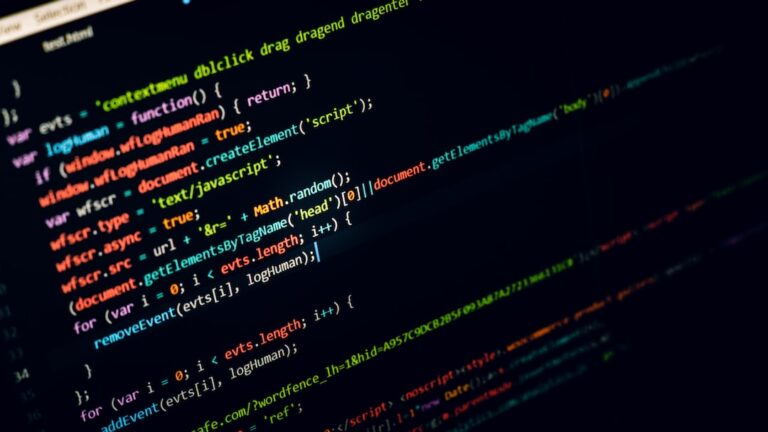Solidity, the high-level programming language for implementing smart contracts on the Ethereum blockchain, provides developers with a range of global variables and functions. One of these is the block.timestamp. This article delves deep into understanding the block.timestamp, its significance, and its safe usage in smart contracts.
What is block.timestamp?
The block.timestamp represents the current block's timestamp. It is a global variable in Solidity and provides the timestamp of the block in which the current function call is being executed.
Technical Definition
The block.timestamp is a uint256 value that denotes the number of seconds that have elapsed since the Unix epoch. The Unix epoch is a system for tracking time that began at 00:00:00 Coordinated Universal Time (UTC) on Thursday, 1 January 1970.
uint256 currentTimestamp = block.timestamp;Is block.timestamp in Seconds or Milliseconds?
The block.timestamp is measured in seconds. This is consistent with the Unix timestamp convention, which counts the number of seconds since the epoch. It is not in milliseconds, as some might assume based on conventions in other programming languages like Java.
Safe Usage of block.timestamp
When using the block.timestamp in smart contracts, especially for time-sensitive operations, developers should be aware of its characteristics and potential pitfalls.
Time Comparisons
It's safe to use block.timestamp for comparisons. For instance, to check if a certain number of days have passed since a given start time, you can use:
function hasThirtyDaysPassed(uint256 startTime) public view returns (bool) {
return block.timestamp >= startTime + 30 days;
}Leap Seconds and Calendar Calculations
While block.timestamp is reliable for many operations, developers should exercise caution when performing calendar calculations. Not every year has precisely 365 days, and not every day consists of 24 hours due to the inclusion of leap seconds. Leap seconds are added to account for slight variations in Earth's rotation. However, they are unpredictable, making exact calendar calculations challenging without external updates.
Potential Issues with block.timestamp
- Miner Influence: Miners have a degree of influence over the
block.timestamp. They can adjust it slightly, but it must always be greater than the timestamp of the previous block. This constraint ensures that time always moves forward in the Ethereum blockchain. - Accuracy: The
block.timestampmay not always represent the exact current time. It depends on the accuracy of the miner's clock setting the timestamp. - Blockchain's Lack of Clock: The blockchain doesn't have a centralized clock. Synchronizing all nodes to a single clock would be a herculean task, making the
block.timestampa decentralized representation of the current time.
FAQs
What is the Unix epoch?
The Unix epoch is a system for tracking time that started at 00:00:00 Coordinated Universal Time (UTC) on Thursday, 1 January 1970.
Can miners manipulate the block.timestamp?
Miners can slightly adjust the block.timestamp, but it must always be greater than the timestamp of the previous block.
Is it safe to use block.timestamp for exact calendar calculations?
Due to unpredictable leap seconds and the decentralized nature of the blockchain, exact calendar calculations using block.timestamp can be challenging.


